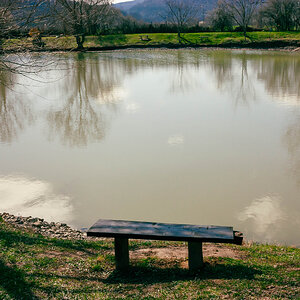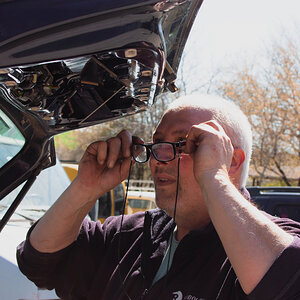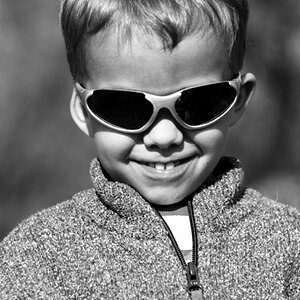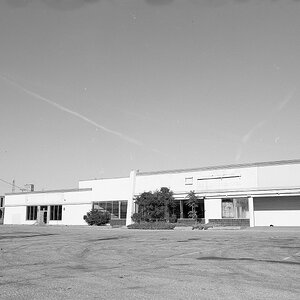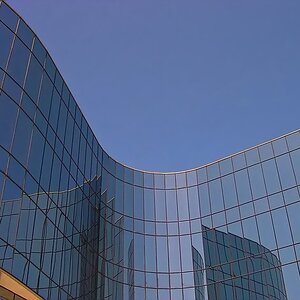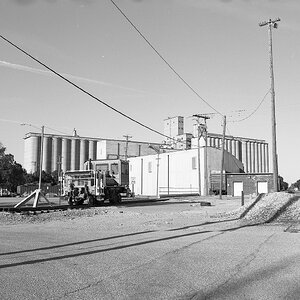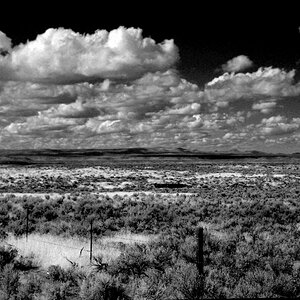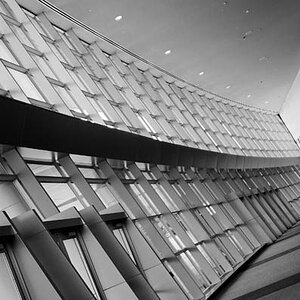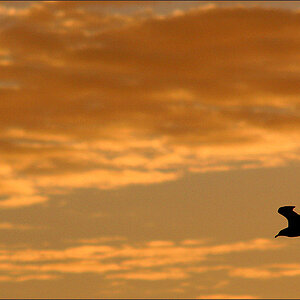Craddosk
TPF Noob!
- Joined
- Feb 1, 2008
- Messages
- 89
- Reaction score
- 0
- Location
- South of the Artic Circle
- Can others edit my Photos
- Photos OK to edit
I'm currently looking at purchasing a Nikon D40x, with the Kit lens 18-55mm. I've noticed there is two kits that each containing a second lens, 55-200mm. The sole difference between these two lenses is that one has VR.
Now for the questions, is VR worth the extra cash for it? Could someone show me comparison pictures between a VR lens and a non-VR lens?
Thanks.
Now for the questions, is VR worth the extra cash for it? Could someone show me comparison pictures between a VR lens and a non-VR lens?
Thanks.


